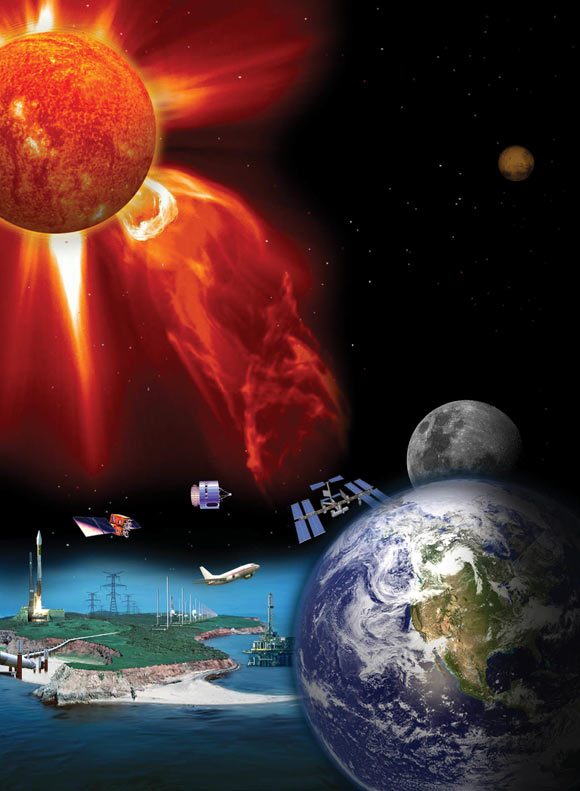HOME
Extreme Solar Storm Hit Our Planet 9,200 Years Ago

During solar storms, the Sun expels large amounts of energetic particles that can react with the atmosphere of Earth and produce cosmogenic isotopes such as carbon-14 (14C), beryllium-10 (10Be) and chlorine-36 (36Cl). In new research, an international team of scientists measured the amounts of 10Be and 36Cl isotopes in ice cores from Greenland and Antarctica. Their data consistently show one of the largest 10Be and 36Cl production peaks detected so far, most likely produced by an extreme solar storm that hit Earth around 7176 BCE. What puzzles the authors is that the storm took place during one of the Sun’s more quiet phases — during which it is generally believed our planet is less exposed to such events.
“Solar energetic particle (SEP) events occur when abrupt eruptive events on the surface of the Sun, such as coronal mass ejections and solar flares, accelerate particles into the interplanetary medium,” said Lund University’s Professor Raimund Muscheler and colleagues.
“These particles — mostly protons — can eventually reach the Earth guided by the heliospheric magnetic field lines.”
“In the last decades, great attention has been dedicated to solar storms due to the high vulnerability of our modern society to such events.”
News Source